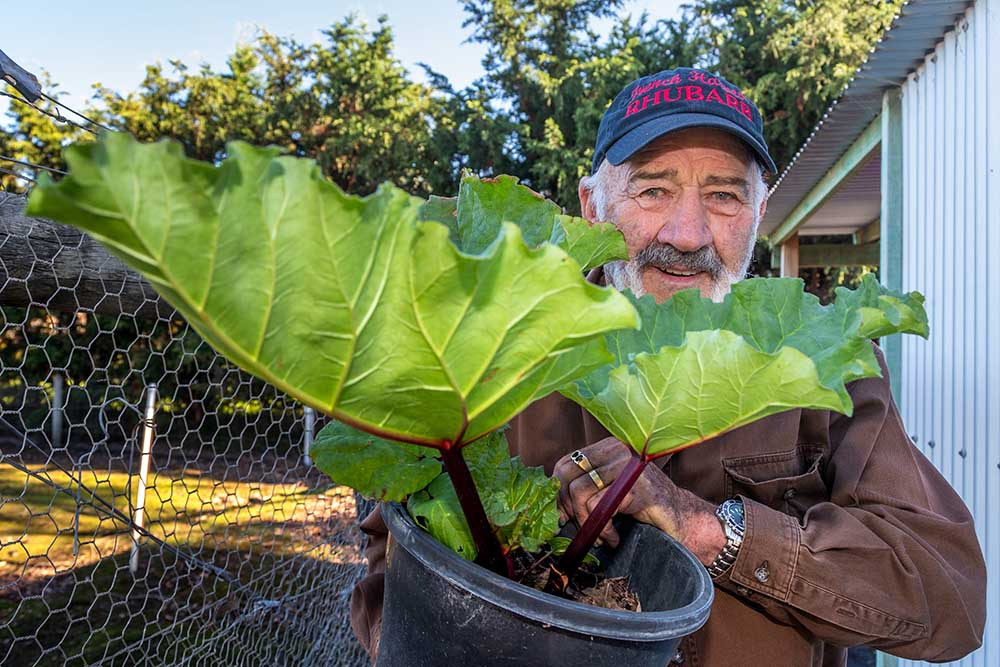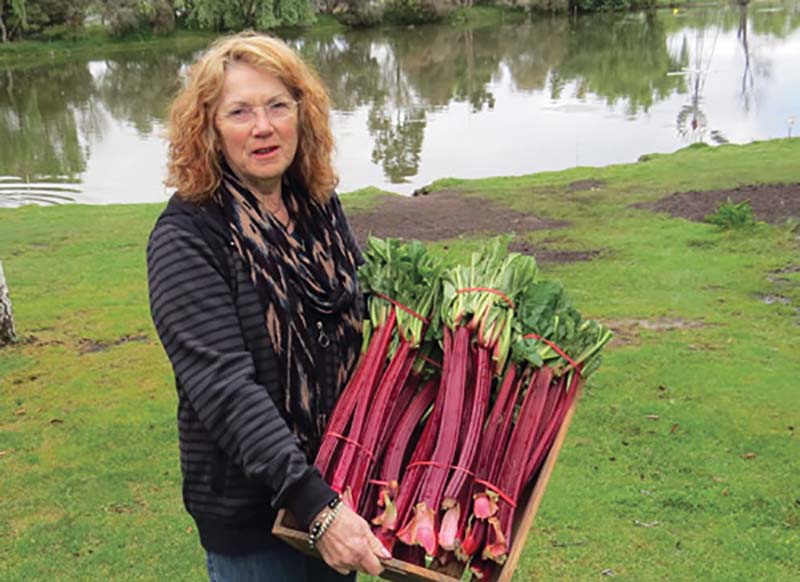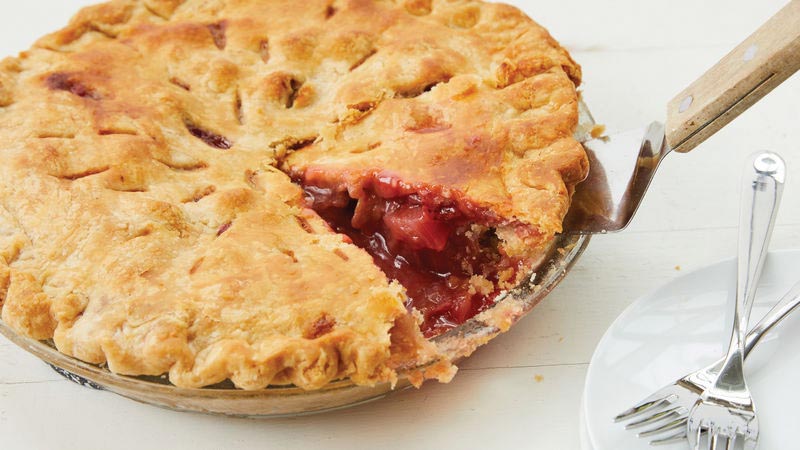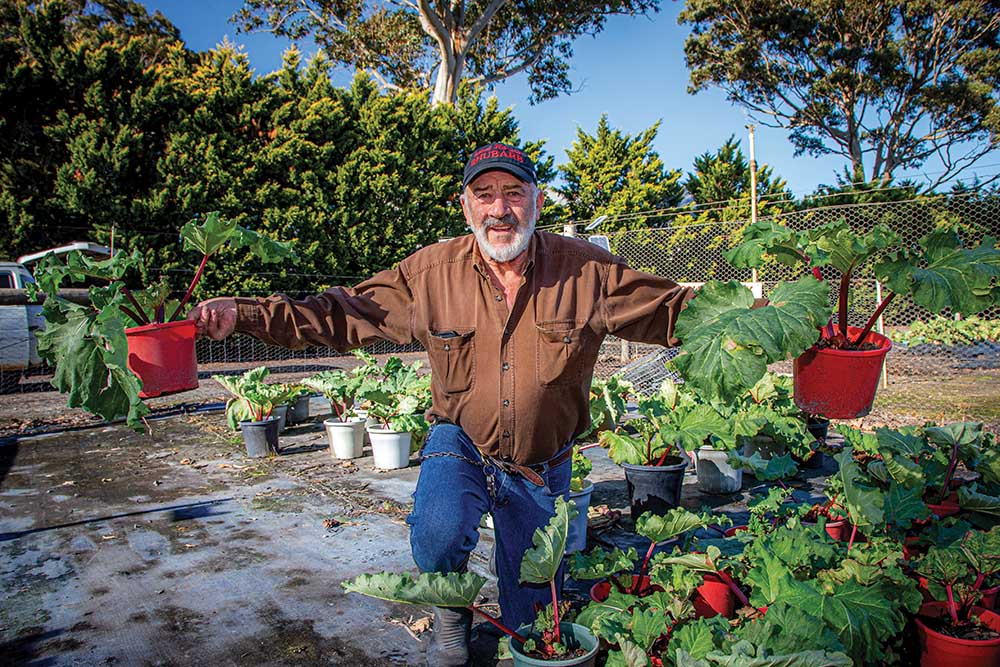
By Melissa Walsh Photos Gary Sissons & supplied
It’s been used in pies, slices and fruit salads but now local rhubarb has a new incarnation, being utilised in the Original Spirit Company’s warm winter gin.
“We are making our new winter gin, infused with rhubarb and it has just been released to rave reviews at The Good Food and Wine Show in Melbourne,” said Barbara Richardz, director of the Original Spirit Company, who has been making gin in Somerville for over two years. “It’s a small family operation and we are proud that everything is made personally.”
The gin experts have now created their gin fusion country rhubarb with ginger after wanting to create a winter gin that could also be served as a hot toddy.
“Using the local rhubarb, it has a beautiful pink colour and offers a premium addition to any modern cocktail blended with freshly harvested rhubarb from the Mornington Peninsula. Juicy Aussie ginger delivers lingering and comforting warmth,” said Barbara, one of the many people in the area enjoying the harvest of local man, Colin H. Clayton and his French Harvest Farm.
Colin’s rhubarb can be tasted all around the peninsula from Treand Winery next door to the farmer, all the way down to Port Phillip Estate’s famous kitchen.
For the Clayton’s, their rhubarb farm began innocently on a retirement property but Colin’s expertise at market gardening meant he couldn’t stay dormant for long.
“I am a third generation rhubarb farmer. My dad was known as Rex the Rhubarb King so I guess you could say it’s in the blood,” he said. “We bought this property in Baxter eleven years ago and it was meant to be where we retired but then I found this old vegetable patch out the back. I thought I might just grow a few vegetables for the house. Clearing the weeds away I came across three weak, tired, starving rhubarb plants. Remembering my rhubarb growing heritage I nurtured them, but they never thrived, always remaining sickly and green,” said Colin, who then started a search for better plants. “This search soon became an obsession and rhubarb was acquired from every possible Australian source. It did not matter where it came from, what it looked like, or what it did. Red, green, giant, stunted, perennial, winter deciduous, all were gathered up, meticulously catalogued, labelled and planted out for evaluation.”
For the couple who love travelling, it was the chance for them to find new rhubarb in all corners of the globe.
“I harvested seed of Russian clones in Greenland where temperatures reach -49C and they thrived, and still do. One of the highlights was a visit to Queen Victoria’s summer residence on the Isle of Wight. Here, in her beautifully preserved walled garden, they were growing rhubarb in historically correct alternate rows of “Queen Victoria” and “Prince Albert”. These plants were possibly the descendants of the original clones,” said Colin, who gets out on his tractor most days.
“The addition of an old disc plough meant I had all the necessary implements required to grow rhubarb on a small commercial scale.”
These days, Colin and Tina sell their rhubarb wholesale but also from their farmgate at the front of the property.
“We sell from the farmgate shop, selling pots and bunches, which works on an honesty system. Customers help themselves and put the money through a slot in a small safe. It generally works extremely well; the majority of rhubarb buyers are elderly and honest. The bunches, bigger than those offered by the supermarkets, are kept chilled in a glass fronted display fridge. A selection of potted rhubarb is always available,” said Colin. “Sometimes we get all sorts of loose coins in there. Another time we had a homemade rhubarb pie left for us. It’s really wonderful.”
With their roots in rural France, it’s no wonder Colin and Tina called their little farm business French Harvest.
“We love everything French and travel there as much as possible. Rhubarb was imported from China for medicinal purposes in dried form. Live rhubarb roots were smuggled in, and soon rhubarb was growing in France. The advent of cheap sugar made rhubarb palatable and suitable for culinary use. So rhubarb, in the French countryside, became part of the local cuisine.”



